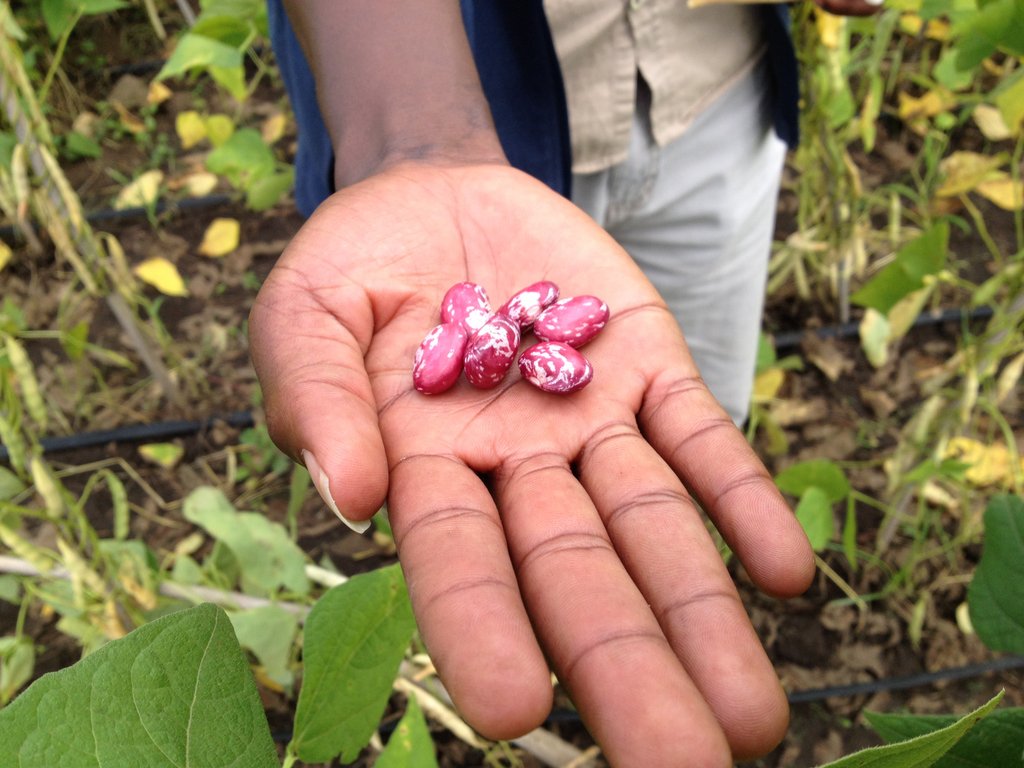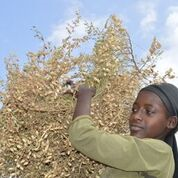- Details
The Pan-African Legumes conference is highlighting some of the outcomes of their meeting in Zambia. More than 520 registered participants from 46 countries throughout sub-Saharan Africa, Latin America, the United States and India gathered to discuss ways to boost productivity, intensify cropping systems, improve human nutrition and develop value chains of grain legumes.
- Details
This article was written by Kate Morin, and originally appeared on fix.com.
They’re the world’s oldest cultivated legume, so it’s no surprise that lentils have become a staple across the globe – from India to the Middle East, Europe, and the Americas.
Like beans, lentils add a great high-fiber and high-protein element to many meals. Because of their size, lentils cook much more quickly than dried beans and do not have to be soaked before cooking. They are extremely versatile and inexpensive, which makes them an accessible form of high-quality protein. Let’s take a closer look at this convenient staple.
- Details
This edition of Futures delves into MSU's commitment to legume and pulse research around the world. Read featured stories from the Legume Innovation Lab, highlights on pulse crops, as well as a feature on the Pan-African Grain Legume and World Cowpea Conference in Livingstone, Zambia.
- Details
 This post originally appeared on iagri.org.
This post originally appeared on iagri.org.
Papias Binagwa is a Cohort III student funded by iAGRI who completed an M.Sc. degree in Plant and Soil Sciences at Tuskegee University. Papias wrote his M.Sc. thesis on Evaluation of Common Beans (Phaseolus Vulgaris) Germplasm for Resistance to Pythium Root Rot Disease and has continued to specialize in both bean breeding and pathology. Today, he serves as National Lead Scientist for the Phaseolus Bean Research Program under the Ministry of Agriculture, Livestock and Fisheries. In the following, he describes his experiences working with the common bean and his plans to contribute to Tanzania’s bean sector.
- Details
This article originally appeared on cgiar.org.
Eating specially-bred, high-iron beans twice-a-day for just four-and-a-half months reduced iron deficiency and anaemia in young women in Rwanda, according to a new study.
Iron deficiency is the world’s leading nutritional ailment, particularly in developing countries. It can impair cognitive and physical development in children, while anemia, often caused by iron deficiency, increases risks to women during childbirth. Despite efforts to curb iron deficiency through supplements and fortified foods, it continues to affect an estimated 2 billion people worldwide.
- Details
This article originally appeared on icrisat.org.

The National Variety Release Committee (NVRC) announced the release of three new improved chickpea varieties with better yield, disease resistance (wilt, root rot and ascochyta blight) and early maturity for production inhigh altitude areas (1800-2800 m) of Ethiopia.
This was the outcome of a research collaboration between International Center for Agricultural Research in the Dry Areas (ICARDA), Ethiopian Institute of Agricultural Research (EIAR) and ICRISAT. The breeding lines for these varieties were provided by ICRISAT and ICARDA. Chickpea crop improvement research collaboration among the three institutes has led to the release and promotion of more than 20 varieties in Ethiopia so far.